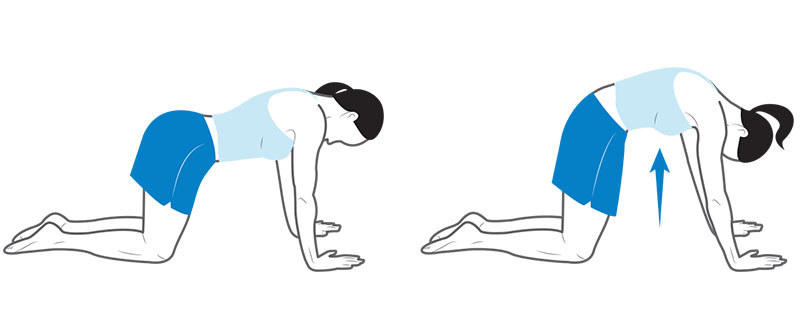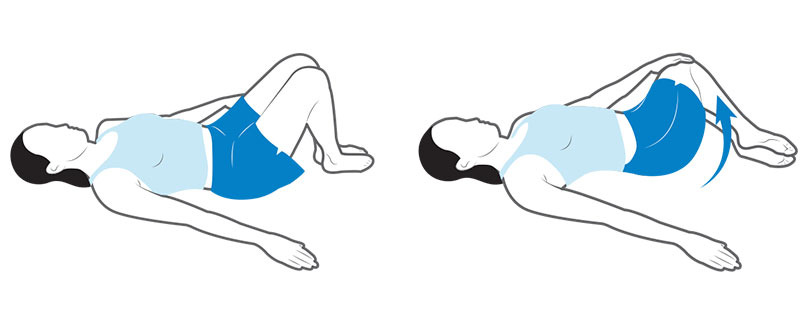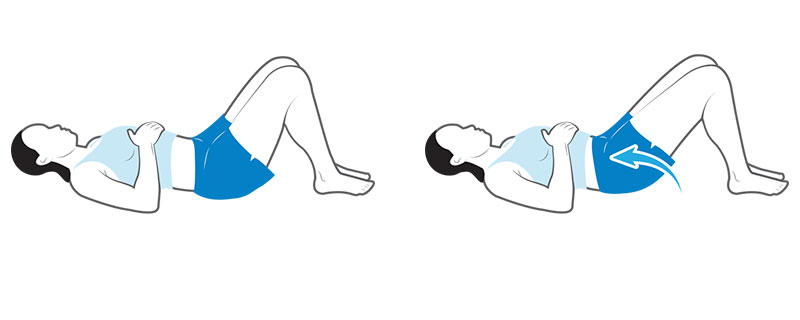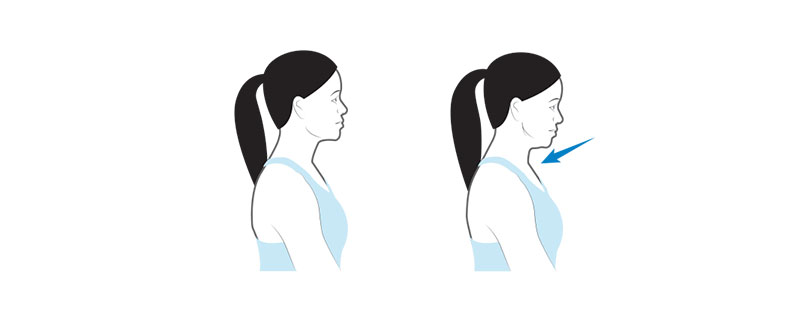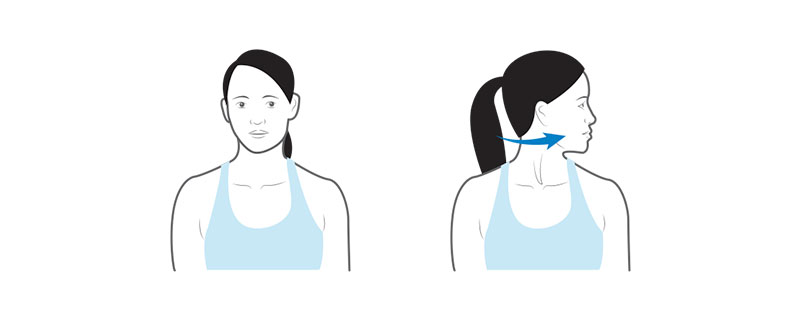Sitting – Keep the chin slightly drawn back and shoulder blades slightly retracted. Maintain a good upright but comfortable spinal posture.
Sitting at Computer – Adjust your computer work station so that you can easily do work with sitting posture. You may have to adjust the height of your computer and its distance away from you.
Driving – Adjust the seat in your car so that you can maintain a neutral neck posture. Avoid having your head thrust forward or slumping in low back. This may require adjusting the tilt of the seat and seat height in addition to its distance from the steering wheel.
Proper lifting – When lifting avoid bending from the waist, instead maintain a neutral spine as you bend at the hips and knees. Keep the load close to your body as you lift and carry.
Sweeping/vacuuming – Avoid bending at the waist when sweeping or vacuuming. At times twisting of the trunk is painful in the low back with these activities, and you may have to modify technique to avoid the painful rotation.
Sleeping posture – If lying on your side, place a pillow between your legs making sure that it supports the entire leg from the hip down to the ankles. Be sure that your pillow is the right thickness and is not causing your head to be side bent up or down. Also make sure the pillow is only under your head and neck and not under your shoulder.
If lying on your back, place pillow(s) under the legs, being sure to have the thighs and lower legs supported. Make sure that the pillow under your head supports only the head and neck and is of the right thickness for your comfort.


